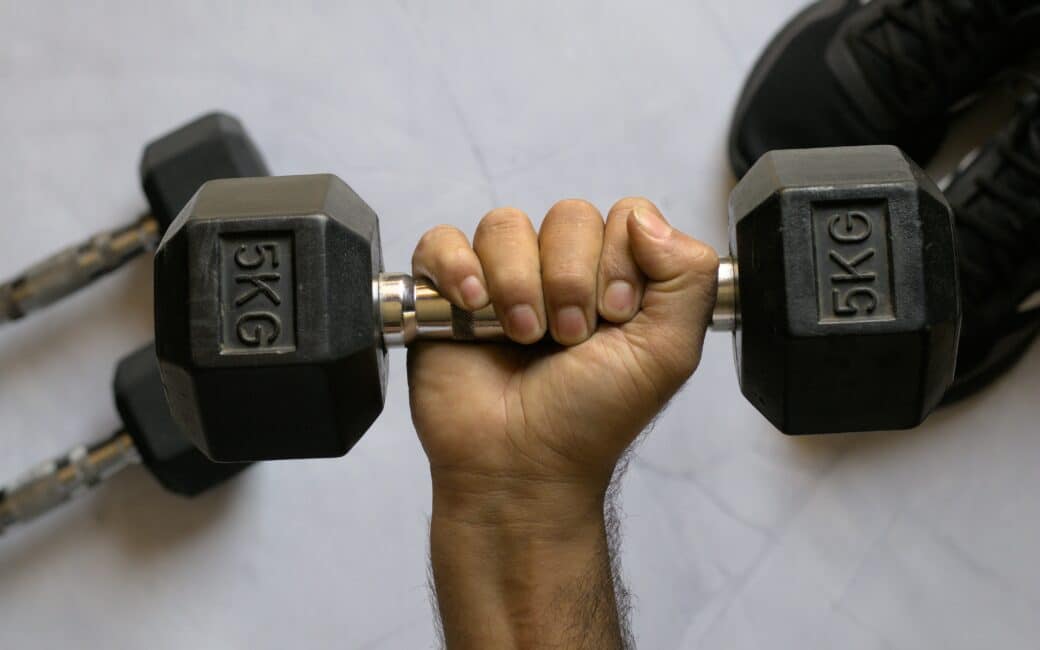Week 13
Difficult-Difficult vs. Difficult-Easy
Quick, grab a shovel. Start digging a hole. Dig, dig, dig.
The hole serves no purpose. You’re not burying a time capsule or planting a tree. You’re just… digging.
It’s hard work. You’re sweating, mopping your brow. It’s difficult work. And it sorta feels productive.
But in truth, you’re shoveling to nowhere.
“Shoveling to nowhere” is synonymous with the kinds of behaviors that are uncomfortable or unpleasant, but don’t ultimately serve your health and fitness goals.
We’ve all got our own version of “shoveling to nowhere.” Maybe it’s:
- Repeatedly crushing yourself in the gym until you’re exhausted—and injured.
- Crash-dieting, and then gaining all the weight back. Again.
- Stress-eating until you’re uncomfortably stuffed… and feeling even worse than before you started.
- Avoiding exercise because “you’re not a gym person”… even though you feel creaky, stiff, and sluggish.
- Refusing to try medication for your chronic anxiety—because you take pride in being prescription-free.
- Dodging difficult conversations or asserting your needs because it’s easier to keep the peace.
- Trying to do it all, without asking for help, to prove that you’re the person who’s got it all together.
In these situations, you might be working hard. You might be enduring. But you’re not necessarily growing.
Sound familiar?
We call this type of discomfort “difficult-easy.”
Difficult-Easy
“Difficult-easy” is the uncomfortable stuff you do on autopilot, even though it doesn’t get you closer to your goals.
These behaviors might not feel “easy.” They might even feel awful.
But they’re also familiar. They feel safe. Status quo.
It’s not that “difficult-easy” behaviors are totally useless: Like all behavior, they serve a purpose. In fact, they may have been valuable, even necessary, at another time in your life. Behaviors that were once purposeful are now “difficult-easy”: familiar patterns that no longer serve you.
On the other hand, some discomfort—the kind that gets us out of our comfort zone—can be positively life-changing.
Difficult-Difficult
“Difficult-difficult” refers to the stuff that feels uncomfortable (maybe really uncomfortable), but ultimately helps you grow.
Notably, a task doesn’t have to be hard or complex in order to be uncomfortable.
Sometimes the simplest things are the hardest ones, like:
- Walking into a gym for the first time, despite feeling intimidated or self-conscious.
- Practicing self-compassion in place of self-criticism.
- Taking a recovery day instead of doing another punishing workout.
- Eating to 80% full when you’re used to overeating at every meal.
Discomfort is deeply personal.
Some folks need to dig deep just to step foot in the gym, while others have to be practically peeled off the treadmill.
To be clear: Difficult-difficult (just like difficult-easy) is less about the behavior itself and more about whether or not it serves you.
There’s no universal list about what “counts” as difficult-difficult or difficult-easy.
The point is simply to differentiate between behaviors that serve you, and those that don’t.
If you can tolerate more of the useful kind of discomfort—and less of the not-so-helpful kind—you grow.
What To Do Today:
Can you identify any behaviors in your life that could be characterized as “difficult-difficult”?
What about “difficult-easy”?
When you feel discomfort, sit with it, in whatever form it takes, for 10 minutes.
During that time, notice and name the discomfort as best you can.
After that, make the choice you feel is appropriate. (There are no wrong answers here. You choose what to do. Just sit with the discomfort before taking any action.)

